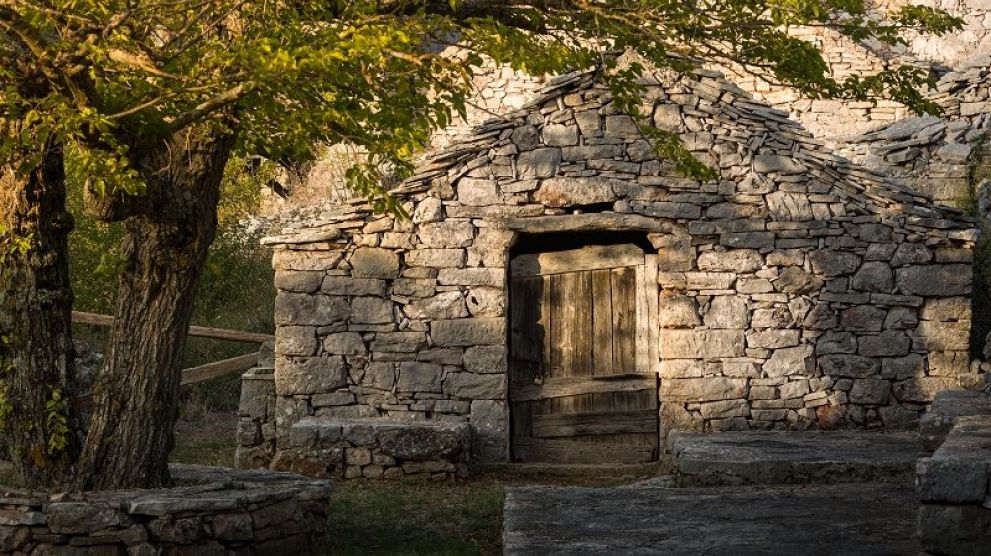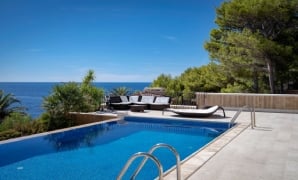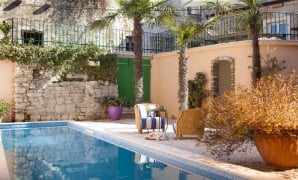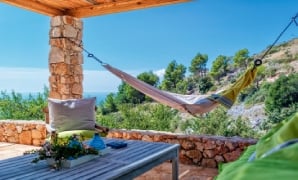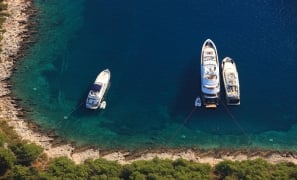Capsule 2
Are you a wanderer or maybe you've always wanted to be? Do you sometimes wonder what Hvar really looks like, somewhere far from the famous tourist sites? Want to explore the past of the island and its people, the people who created this island in ways that are unimaginable to us today? Wondering what the islanders' daily life looked like, a life that belongs today to a past time perfect? Thinking about how the UNESCO-protected dry-stone walls that transformed the Hvar landscape into beautiful lace made of stone, lavender, olives, and vines were created? Want to see where the most beautiful stone houses on Hvar are located? If you love the magic of unexplored spaces, if you are ready to get to know the romantic but also the harsh side of life, if you enjoy discovering secrets and intend to do all the things that tourists don't normally do - you will enjoy this day.
FROM SOIL TO SOUL
If you move just several kilometers away from the summer bustle towards the inland, a window into hidden, unknown Mediterranean and authentic island life will open. These forgotten places boast marvelous beauty. Six ethno-eco villages on Hvar are an ideal choice for an escape to peace and quiet, a sight for sore eyes and other senses. It is there that all the stress is forgotten, and the ancient art of coexistence with nature to nature and all that this island has bestowed on Hvar through history is introduced.
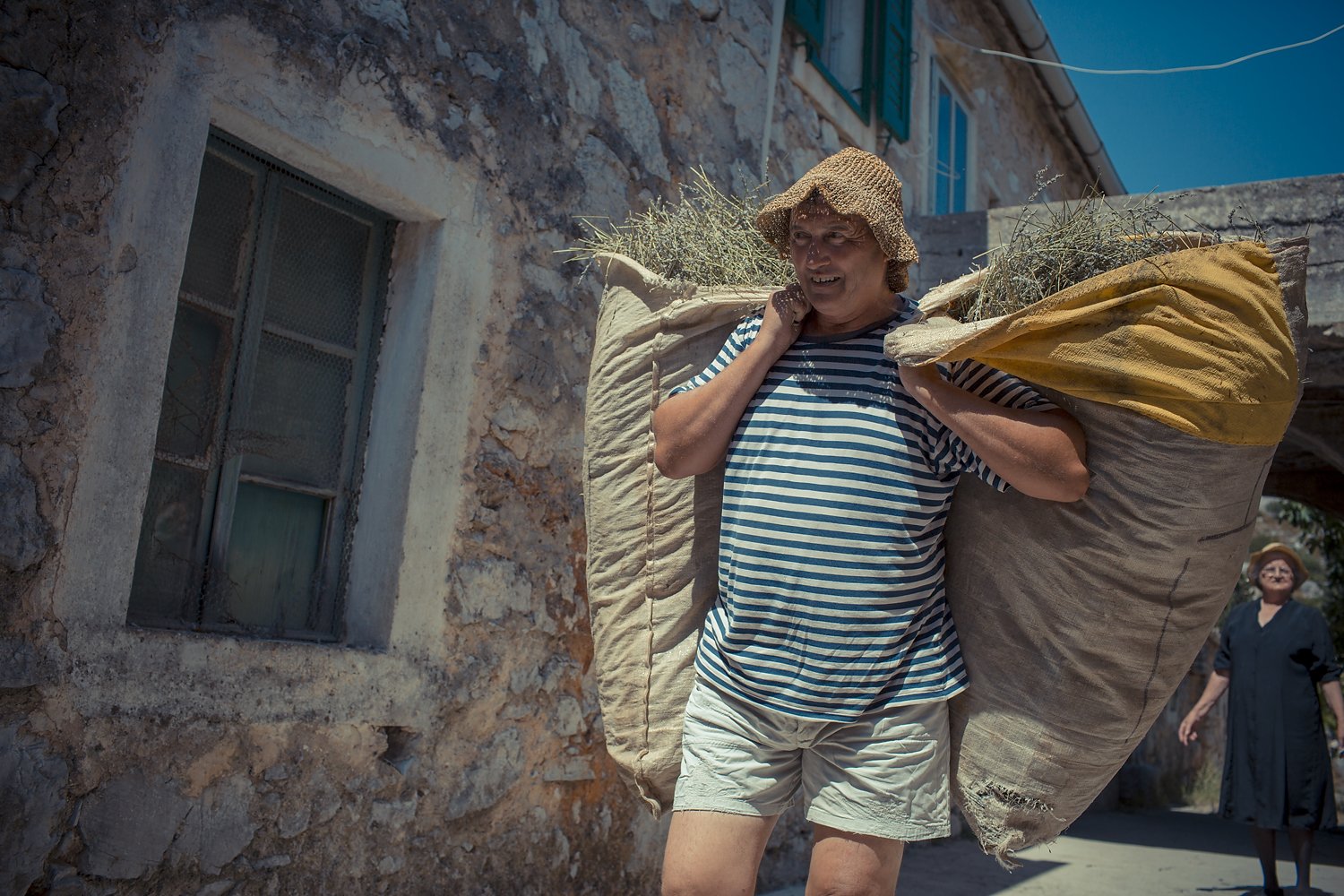
To reach the westernmost ethno-eco village of Brusje, you’ll take a six-kilometer winding road from the town of Hvar.
Brusje is located amidst the largest monument of valuable islanders: piles and dry-stone walls and olive and lavender plantations. In the shadows of its alleyways, it hides interesting examples of folk architecture and art, such as St George’s church, cemeteries, the local loggia, a never completed Hure family home, and a recently closed farm shop. This is where the best island rosemary honey comes from, once one of the main export products of Brusje. A little further from the village you’ll see the ruins of the Moncirovo mansion, a rare example of a country house and homestead. Brusje will only be part of our tour if you insist on it, because there is little time in one day and there is a lot to visit.
A place we are sure to visit is located in the valley with one of the most beautiful views of the central Adriatic. Velo Grablje, a place that rightfully earned Hvar the title of “lavender island”. After devastating grapevine illnesses forced the locals to find a better life across the pond at the turn of the century, those that remained slowly embraced a new, relatively unknown
plant: the lavender. The rest is a history of love, a love that has not always been easy or romantic. With the help of lavender and the already established cultivation of rosemary and pyrethrum, Velo Grablje managed to flourish. That's how it used to be. Today, the village has less than ten inhabitants and attracts attention due to its pristine beauty, heritage that tells a warm story of Hvar's ancestors, a festival dedicated to lavender, and excellent gastronomic offer.
The most exciting place on Hvar is a hamlet of Velo Grablje, called Malo Grablje. It hid in a ravine between high cliffs for protection from pirates, Turks, and various enemies who have roamed the area throughout history. No one lives in Malo Grablje today; a Hvar legend says the village was closed by one goat, one donkey, and Mr. Lorenco Tudor, Hvar's king of lavender. In 1965, he packed up, sat on his ass, tied it to a goat, and left Malo Grablje forever to move where everyone else had gone before him, to nearby Milna, a tourist spot on the seafront. Although abandoned, this village still has the energy of vibrant life and preserves the memories of the past: a local church, a school, a public well, and an exquisitely preserved olive mill from 1894.
Zaraće, the last ethno-eco village of the Hvar municipality, is situated on a high cliff, offering a stunning view of the open sea. There are only several houses there and an abandoned school building. The other, newer part of the village is located on the seashore, around a votive church dedicated to Our Lady of Health from the 16th century. Nearby are the remains of
a house for the hermit monks who cared for this church. An interesting geological configuration, that is, rocks jutting out into the sea towards the west and east, or as the Hvar people say Zub od Zoraća (The Tooth of Zoraće), created places ideal for swimming and lazing in the sun.
A few kilometers north of the oldest island town, Stari Grad, and the most fertile field on the Adriatic islands, Ager, we reach the village of Male Rudine. The picturesque little square houses an olive mill and a grape press, a testimony to the efforts of the people of Rudine who, in their history, often had to scrape off karst and stubborn stone in order to survive. This village will be left out of today's walk for the same reason as Brusje.
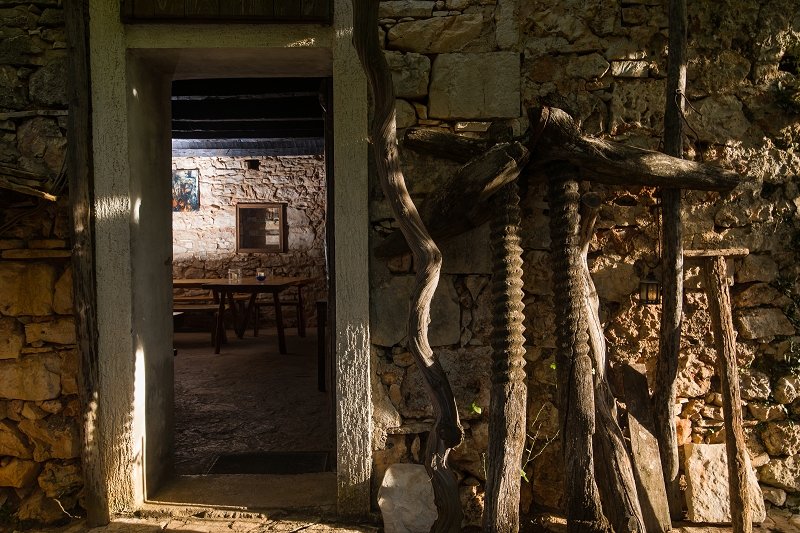
The last ethno-eco village, Humac, is located in the spatial and historical heart of the island. In the nearby Grapčeva Cave lies the birthplace of Hvar culture, Neolithic pottery with interesting ornaments. Humac itself has never had permanent residents; it was created as a shepherd's settlement, a seasonal home for the people of Vrisnik, who came to Humac because of livestock grazing and agricultural work. The houses in Humac are beautiful, made entirely of stone, built with the ancient dry-stone wall technique, and some retain the testimony of the former sharing of goods: stone gutters bridging the passageways between houses, through which rainwater would flow into a common gutter or well. The past times were truly perfect in some respects.
As a warm up for Capsule 2, check out the following video - https://www.youtube.com/watch?v=IZjwPfUOwHc&t=18s
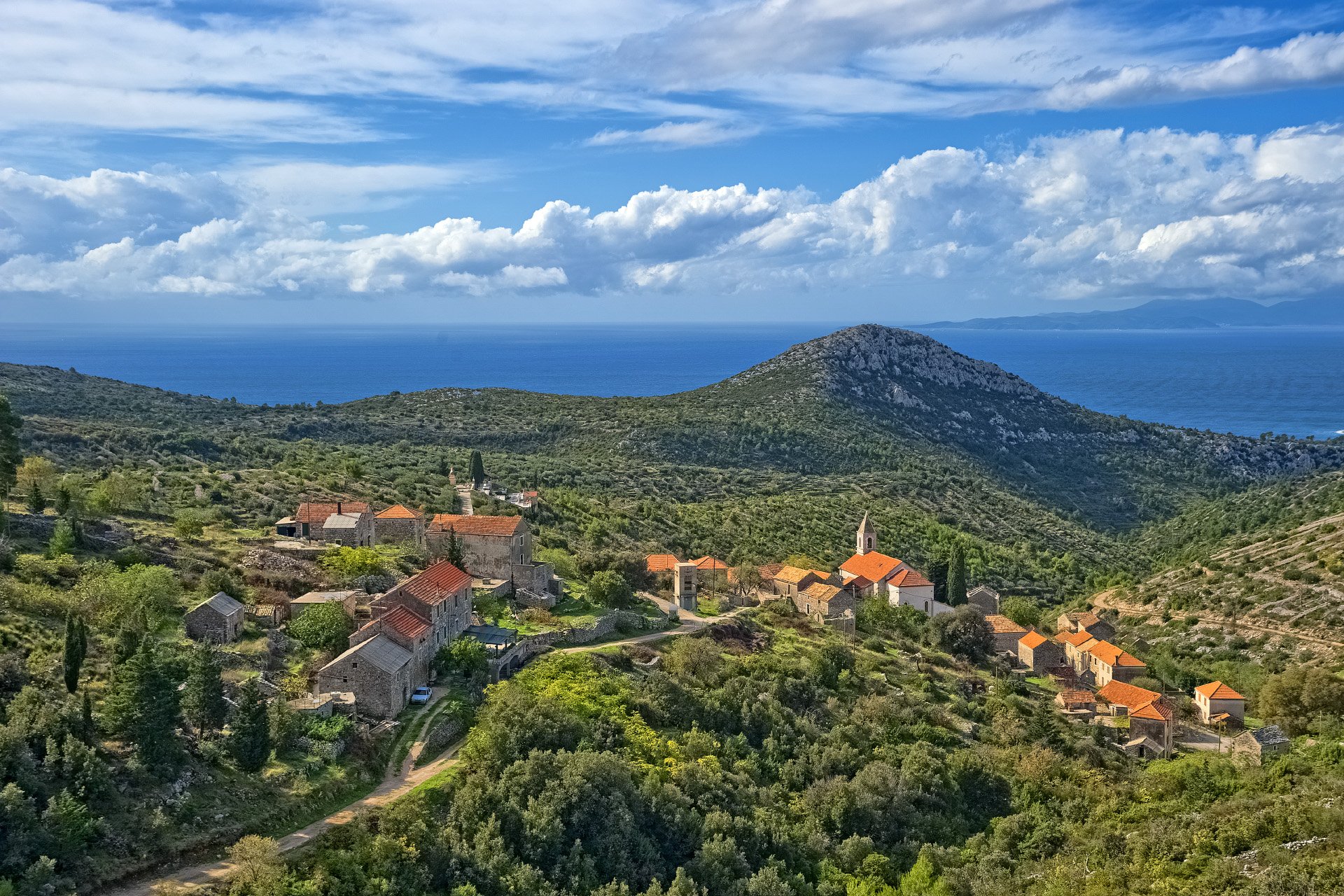
Hvar's ethno-eco villages await you in their magical, mesmerizing silence. Regardless of all the information you read about them or the videos you look at, only an interested personal encounter, discovering all the hidden details and merging with the energy of the spaces, can briefly revive these dormant places, awaken their authenticity, allow you to be inspired by
their beauty and encouraged by their story. Do you have the courage to be princes and princesses who will give the Hvar Sleeping Beauties the kiss of life? Are you ready to find out what Hvar really is?
